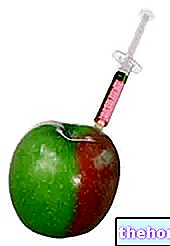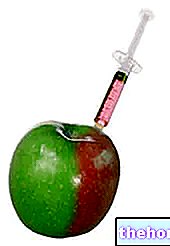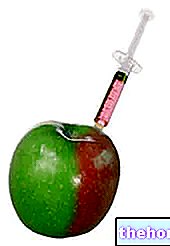E260 - ACETIC ACID
Acetic acid, otherwise known as acetate, is an organic chemical compound. In the food industry, this substance is used as a food additive, preservative, acidifying, against the action of fungi and bacteria; on the labels it is indicated with the code E260.
This compound is known to give the vinegar its characteristic sour and pungent taste and smell.
Vinegar is a very ancient compound: any culture that has carried out the fermentation of beer or wine has certainly discovered acetic acid as a result of exposing these drinks to the open air.
Pure acetic acid (ie without water), at room temperature, appears as a colorless liquid which transforms, upon freezing (ie below 16.7 ° C), into a crystalline solid.
Acetic acid can be obtained by synthetic or natural processes. The product present on the market, in fact, is obtained either by bacterial fermentation (thanks to Acetobacter and Clostridium acetobutylicum) of sugar, molasses or alcohol, or from the chemical synthesis of acetaldehyde.
Acetic acid, in addition to being used as a food additive, can also be used:
- in the food industry to increase the solubility of oils and resins;
- in the production of bread, or in the fermentation panaria to hinder, thanks to its acidifying action, the development of unwanted microorganisms;
- in the production of polyethylene terephthalate (PET), used for the production of plastic bottles;
- in the development of photographic rolls using it in the development tanks;
- to preserve hay bales by limiting fungal and bacterial growth;
- in the treatment of jellyfish stings;
- in the production of wood glues and many synthetic fibers and fabrics;
- as an antiseptic;
- used diluted, it is used as a stain remover to remove limescale.
Its main salts are:
- E261 POTASSIUM DIACETATE or POTASSIUM ACETATE
- E262 SODIUM DIACETATE or SODIUM ACETATE
- E263 CALCIUM ACETATE or CALCIUM ACETATE
ADI DOSE: /


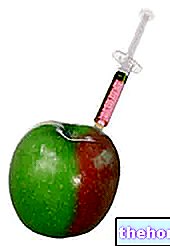
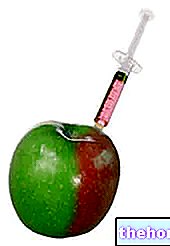
.jpg)
